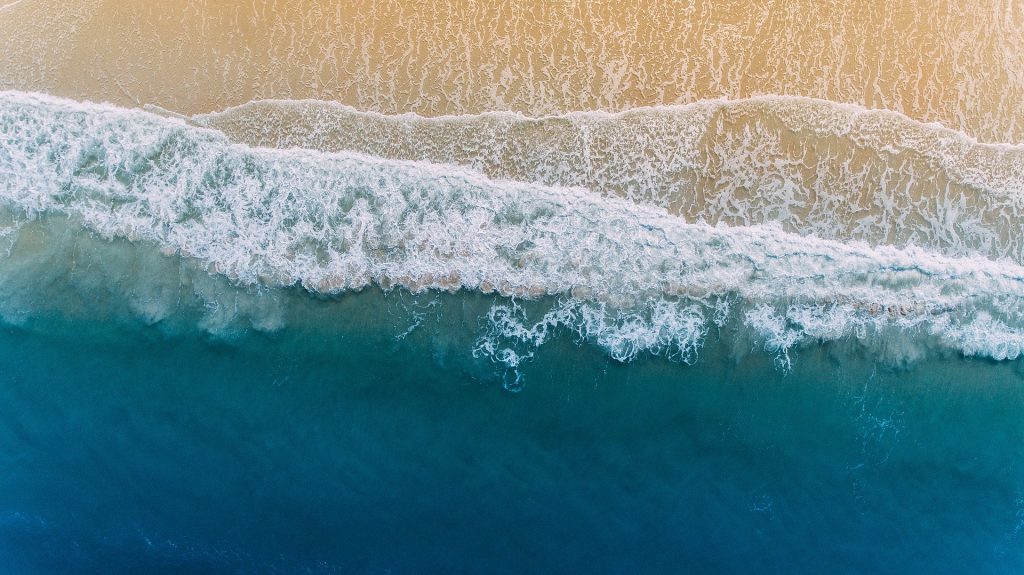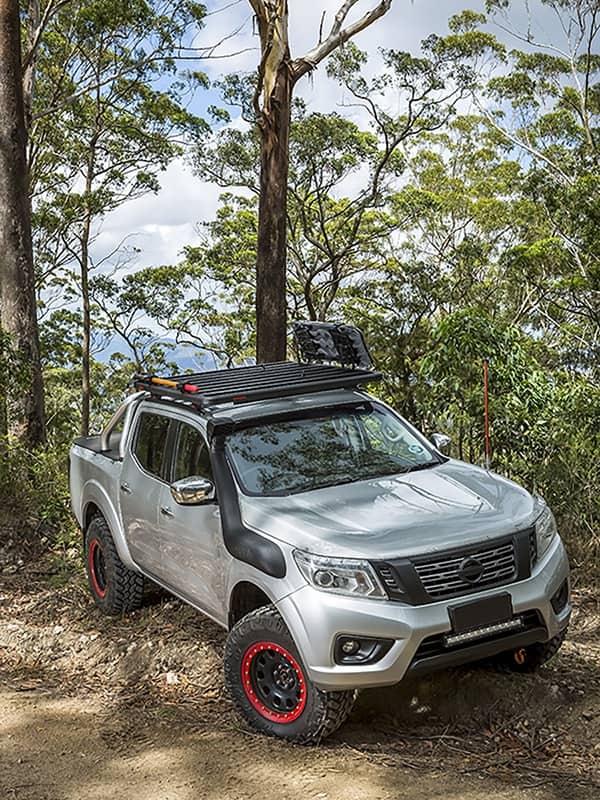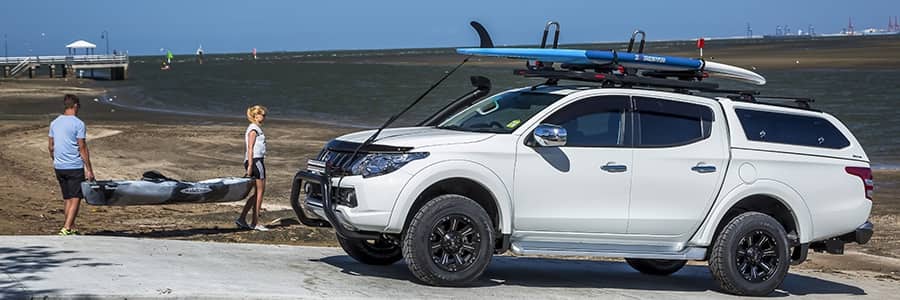4WD Beach Driving Tips To Keep In Mind
Fewer things are more Australian than beach driving. It is among the things that define Australian life in the summer and provides a unique combination of adventure and thrill. Not only do you get to enjoy nature, but it also allows you to explore some of the best beaches in the world in a somewhat unique manner. Driving on white beaches next to turquoise ocean water is a must-do activity for all 4WD vehicle owners.

That said, whether you do it for your enjoyment or out of necessity, you need to take precaution to protect yourself, your vehicle, and the environment. Driving on the beach is nothing like driving on the bitumen road or even an off-road trail. It is highly unpredictable and requires a heightened level of attention to get right regardless of your driving skills and experience. Here are some tips that will help when you're four-wheeling on the beach.
#1. Plan Ahead
Driving Permits - The key to success in many outdoor activities is to prepare and plan ahead (much the same as it is with life in general). As such, you need to do your homework every time before setting out on a beach drive excursion. For starters, research on the legal status of beach driving on the location you intend to visit. If you are in doubt, you can use a combination of 4WD magazines that have trail directories, and local council websites. Alternatively, you can contact the local tourist centre for more information.
While also researching about the destination, make a point of finding out where the established 4WD trails currently are. It is far safer for you to use established trails as it reduces the chances of your vehicles suffering damages. Furthermore, using such trails lessens your impact on the beach ecosystem.

Purchase And Have All The Recovery Tools You Need - While you’re planning your beach adventure, also make a point of planning on potentially getting bogged. To this end, purchase all the gear that you will need to get out of such sticky situations. Yakima has all the products that are necessary for 4WD beach driving including shovels, tyres with high visibility treads, a tyre compressor, and a deflator, shackles, and snatch-straps, and any other recovery tools you may need.
Lighten Your Car - Another consideration to keep in mind during the planning stage is to lighten your load. It is essential to keep the gross weight of the vehicle as light as possible while driving on a beach. The lighter your car, the less likely you are to get bogged down. As such, make a point of removing all unwanted items and fitting from your vehicle.
Ground Clearance - Make sure your car has ample clearance for your beach adventure. If you have not checked the ground clearance on your 4WD vehicle, please do. Ensure that your vehicle has a minimum ground clearance of 180mm. Anything less than that means you run the risk of bottoming out while cresting dunes on the beach.
#2. Driving Tips
Tyre Pressure - The best, most commonly heard advice when heading offroad is to lower your tyre pressure. To this end, deflate your tyres from the typical pressure of 32 to 38psi. You can start with 25psi and see how it goes. However, if driving becomes a tad difficult, you can lower the pressure to about 18psi but do not go any lower. Lower tyre pressures will give you a larger footprint. On the flip side, running your tyres at extremely low pressures might cause them to dislodge from the rims.

Driving Lanes - When it comes to driving along the coast, do not venture to the water., no matter how tempting. While the flashy T.V commercials might entice you to think you are capable of driving through water, in reality, this is just asking for trouble. As such, drive just below the high tide as this part of the beach offers better traction. It is always best to be driving during falling tide rather than rising tide.
Driving Speed And Gears - One of the key things to keep in mind as you navigate the sandy beach is that you want to keep your momentum up. In doing this, you get better control of your vehicle and reduce the risk of getting bogged down in the sand. With regards to gears, try as much as possible to use your high-range gears; second and third are ideal for driving on sand and should be used as much as possible. Using low-range gears produces more torque, which in turn overpowers the ground, and you're likely just to end up spinning your wheels.
Be Courteous - Everyone on the beach is there to enjoy their time. For this reason, try and courteous as much as possible. Also, ensure that obey all the rules of the road.
For the best 4WD roof rack systems and accessories visit www.yakima.com.au.
Last updated: 7th August 2018